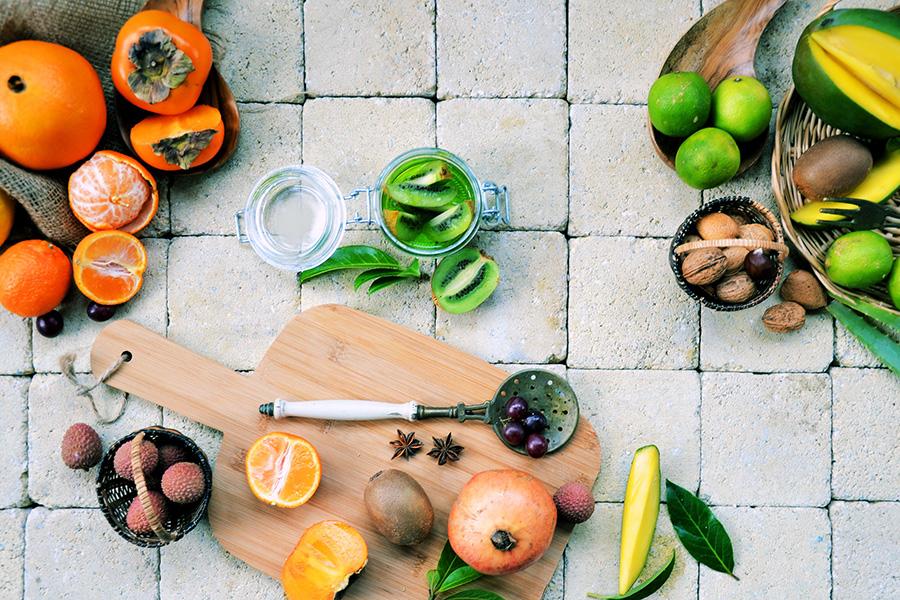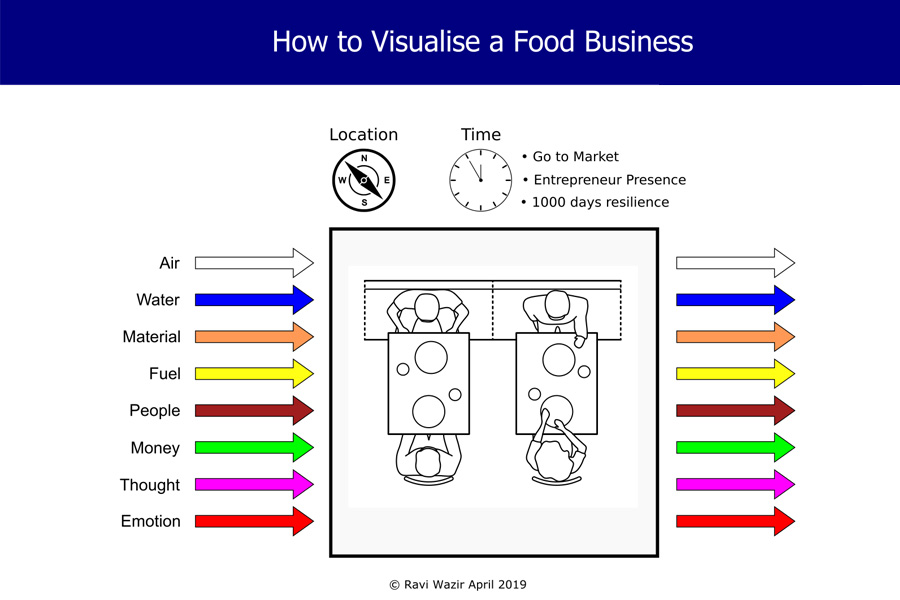10 steps to visualising a food business
This exercise helps F&B entrepreneurs plan a new business, study and grow an existing one, and diagnose a company to improve it
Over the thirty years or so that I’ve worked with different kinds of food businesses, I’ve found them to have some common denominators, and I recommend visualising them in a certain manner. This will allow you to evaluate their state of being, much like a doctor would evaluate the condition of a human being. It will be of use to people attempting to start, grow or turnaround their food businesses.
Like the human body has lifelines, including a circulatory system and a respiratory system, and body parts like heart and lungs, I see a food business as a living entity with lifelines and parts. Isolating which systems or parts within are ailing, or not functioning as they should, helps us assess the potential of a food startup and also the state of health of an existing food business.
I’ve found this visualisation model to be useful in gauging the pulse of all food businesses regardless of which point in their life-cycle they may be at.
Imagine a shoe box. A plain white cardboard shoe box. Now take off its lid. It has walls and a floor. Do you have an aerial view of it? We can can resize this box to the size of a restaurant, but for the moment let’s make it only a little bigger than it presently is, maybe the size of a doll house. It could have different rooms in it for the stores, kitchen, dining area, etc. Keep an aerial view so you can still look in.
I’ve chosen to visualise a restaurant since it represents the entire gamut of food storage, production and service under one roof. You may choose to visualise any food business of your choice from a bottled brand on a retail shelf to a wedding catering company, or any other food business that you’d like to assess by adjusting your visualisation accordingly.
Now, within this space we are going to visualise eight different pipelines or lifelines coming in and going out of this box. So imagine...
Air-flow (white)
Imagine a white duct bringing in fresh outside air into this white room, and pulling stale and hot air out, to ensure the comfort of your guests in the dining area and your staff in the kitchen.
Water-flow (blue)
Next, we have a blue pipeline bringing in fresh water to drink, cook and clean, through taps at basins, and out from the drains below flows the dirty water.
Material-flow (orange)
Visualise a very broad orange pipeline that brings food as raw material, stores it at different temperatures (ambient, refrigerated, frozen and cooked), and waste food going out. Likewise also see this pipe bringing in non-food materials such as packaging materials, equipment, furniture, etc. coming in, and if necessary, being dispatched or disposed of, if damaged.
Fuel-flow (yellow)
Now to run our business space and our equipment, we need electricity, gas and other fuels. So imagine yellow lines of electricity and pipes of gas running into this room. Remember this flow must be uninterrupted, safe and efficient.
People-flow (brown)
The food business is actually the people business. To convert our vision to reality, we require guests, staff, vendors etc. On occasion, we also need partners to help us with time, money and skills that we may not have. So imagine just outside the box, guests parking their cars and walking into your restaurant and being seated, vendors bringing in supplies from the service entrance, and staff manning the operation, both in the kitchen and the dining area. Remember, it will take some good marketing to get these people in. While on people, don’t forget that our neighbours, licensing authorities and reviewers are also stakeholders outside our box, and play a significant role in our success or failure.
Money-flow (green)
Money is the oxygen of the business, and without it, our business cannot survive. The equipment, food and people that we’ve just visualised in our space is only possible with money. Watch money flowing into your restaurant through green pipelines as capital. If it’s a loan, imagine it also flowing out with its principal and interest. Imagine money also coming in on an on-going basis from our guests, imagine them paying the money and it going into our cash drawers and bank. Imagine money flowing out for the rent, utilities, salaries and food each month.
Thought-flow (purple)
Our very first flow when we start this business, is thought. It begins with an idea that we develop into a concept. Some of these thoughts, through the purple pipeline, would be our own, and some would be brought into our enterprise by others we partner with or hire. The work culture of our company, the nimbleness of our decision making, and the way we solve problems, all represent our thought-flow in this box. Imagine thoughts about our value proposition going outside this box in the form of communication to our guests.
Emotion-flow (red)
Imagine passion flowing into your business, bringing with it a great positive energy that is contagious and passing on to others in your business. Imagine personal issues in each person and the resilience with which they are still smiling through it. Imagine each person in the box smiling and working with sincerity.
These pipes or flows in the business are, in fact, its lifelines. Opening and closing these taps of flow to the right extent and for a duration that serves the business just right, can make or break your business.
Add to this just two more things to complete the picture. Visualise the box again. Where is it?
Location
Where should it be located? Let’s place it where our target audience can best access it. Or if it’s a pure kitchen, locate it near a market where raw materials for production can best be sourced. Check how affordable and licensed the space is or can be.
The last thing to remember is the importance of…
Time
» Is the concept correctly timed in the market place. Is it relevant?
» Is adequate time invested by the entrepreneur, particularly when the business is starting up or ailing?
» Is the entrepreneur committed to giving adequate time of a 1000 days for the business to have had its fair chance in the marketplace?
So 10 things in all...
I believe that seeing a food business in this way helps you map and control pretty much most of what can be mapped and controlled in the food business.
» When I plan a new food business, this is how I see it.
» When I study a food business to grow it, this is how I see it.
» When I diagnose an existing food business to improve it, this is how I see it.
Now I hope that this is how you will see it too.
The author is Founder & CEO Phoenix Consulting, a business consulting firm offering start-up, developmental & turnaround assistance to entrepreneurs in the trade.
The thoughts and opinions shared here are of the author.
Check out our end of season subscription discounts with a Moneycontrol pro subscription absolutely free. Use code EOSO2021. Click here for details.

